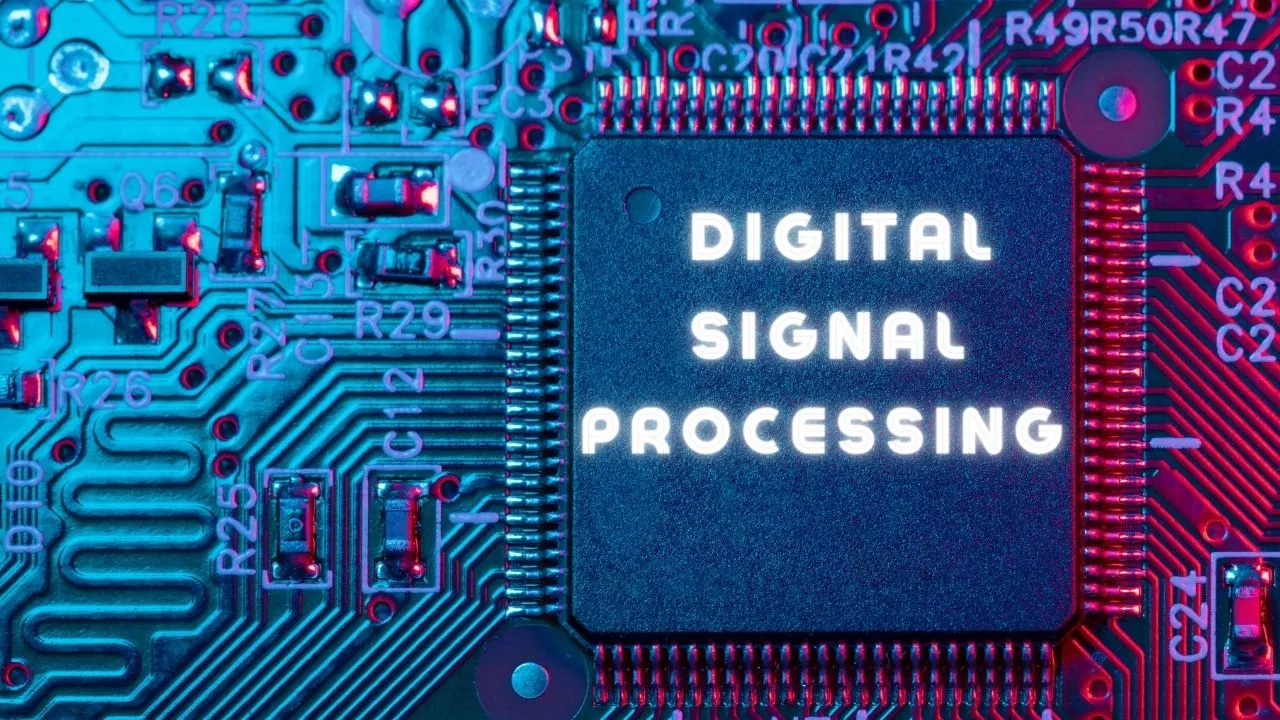
How to choose a DSP (Digital Signal Processors)?
January 07 2025  9
9
Inquiry
Global electronic component supplier AMPHEO PTY LTD: Rich inventory for one-stop shopping. Inquire easily, and receive fast, customized solutions and quotes.
QUICK RFQ
ADD TO RFQ LIST
Choosing a Digital Signal Processor (DSP) depends on your specific application, requirements, and constraints.
Choosing a Digital Signal Processor (DSP) depends on your specific application, requirements, and constraints. Here’s a step-by-step guide to help you select the right DSP:

1. Define Your Application Requirements
- Purpose: Audio processing, telecommunications, image processing, motor control, radar systems, etc.
- Performance Needs: Required speed (MIPS, MFLOPS), latency, and real-time capabilities.
- Precision: Fixed-point vs. floating-point processing.
- Memory Requirements: Program memory, data memory, and cache size.
- Power Consumption: Low-power DSPs are critical for battery-powered devices.
Example: For audio processing, low-latency floating-point DSPs are often preferred.
2. Choose Between Fixed-Point and Floating-Point DSP
- Fixed-Point DSP: Suitable for cost-sensitive and power-constrained applications (e.g., consumer audio devices).
- Floating-Point DSP: Ideal for complex mathematical computations (e.g., medical imaging, high-precision audio).
3. Evaluate Performance Metrics
- Clock Speed: Measured in MHz or GHz.
- Throughput: Instructions per cycle (IPC).
- Parallel Processing Capabilities: SIMD (Single Instruction, Multiple Data) support.
- Latency: Time delay in processing data.
4. Check Peripherals and Integration
- I/O Interfaces: SPI, I2C, UART, USB, Ethernet, GPIO.
- Analog Interfaces: ADC/DAC support for sensor interfacing.
- Timers and PWM: For motor control or signal modulation tasks.
- DMA (Direct Memory Access): Improves data transfer efficiency.
5. Memory Architecture
- On-Chip Memory: SRAM, DRAM, or Flash.
- External Memory Support: Compatibility with SDRAM or DDR.
- Cache Size: To optimize performance.
6. Power Efficiency
- Consider active and standby power consumption.
- Essential for portable, battery-operated devices.
7. Software Tools and Ecosystem
- Development Tools: Compiler, debugger, simulator.
- Libraries and Frameworks: Pre-built DSP libraries for audio, video, or AI applications.
- Community Support: Larger user communities and forums can simplify troubleshooting.
8. Scalability and Flexibility
- Can the DSP handle future upgrades or additional features?
- Is it easy to reprogram or reconfigure?
9. Cost and Availability
- Price per unit.
- Availability and lead times.
- Manufacturer support and documentation.
10. Popular DSP Manufacturers
- Texas Instruments (TI): TMS320 series.
- Analog Devices (ADI): SHARC, Blackfin.
- STMicroelectronics: STM32 DSP-capable microcontrollers.
- NXP: Layerscape and DSP-integrated microcontrollers.
- Qualcomm: Snapdragon DSP cores.
11. Prototype and Test
- Use evaluation kits and development boards.
- Test the DSP in real-world conditions before finalizing.
Populer Posts
TMS320C31PQL40
Texas Instruments
ADSP-SC573BBCZ-3
Analog Devices Inc.
CS495102-CQZR
Cirrus Logic
ADSP-2101TG-40
Rochester Electronics, LLC
ADSP-BF534YBCZ-4B
Linear Technology
TMS320DM6435ZDUL
Texas Instruments
TMS320C6205GWTA200
Texas Instruments
TMS320C6203BGNY17C
Texas Instruments
DSP320C10-25I/D
Microchip Technology
SAF4000EL/101Z230K
NXP USA Inc.
ADSP-BF526KBCZ-4
Analog Devices Inc.
SAA7709H/N110S/S42
NXP USA Inc.
